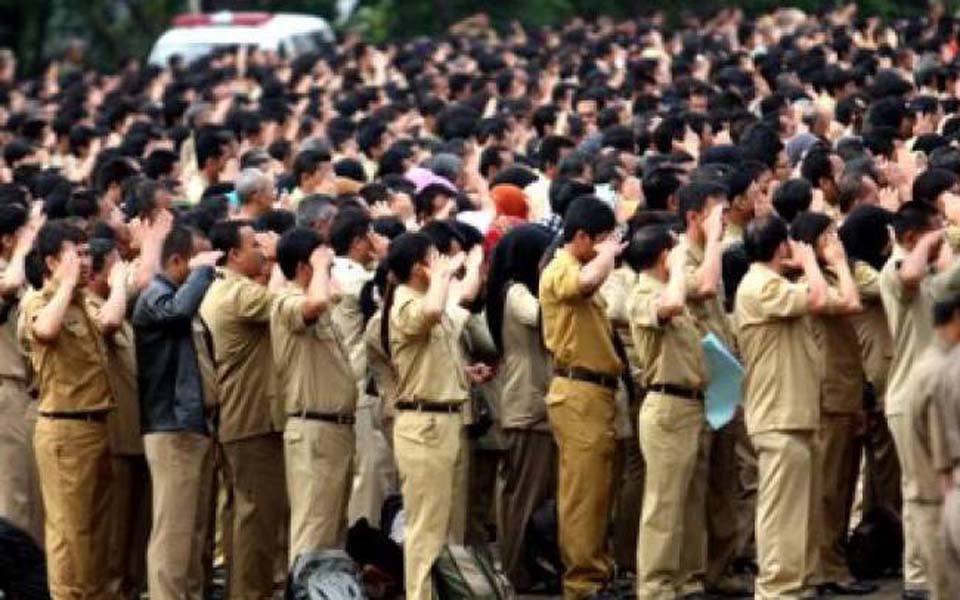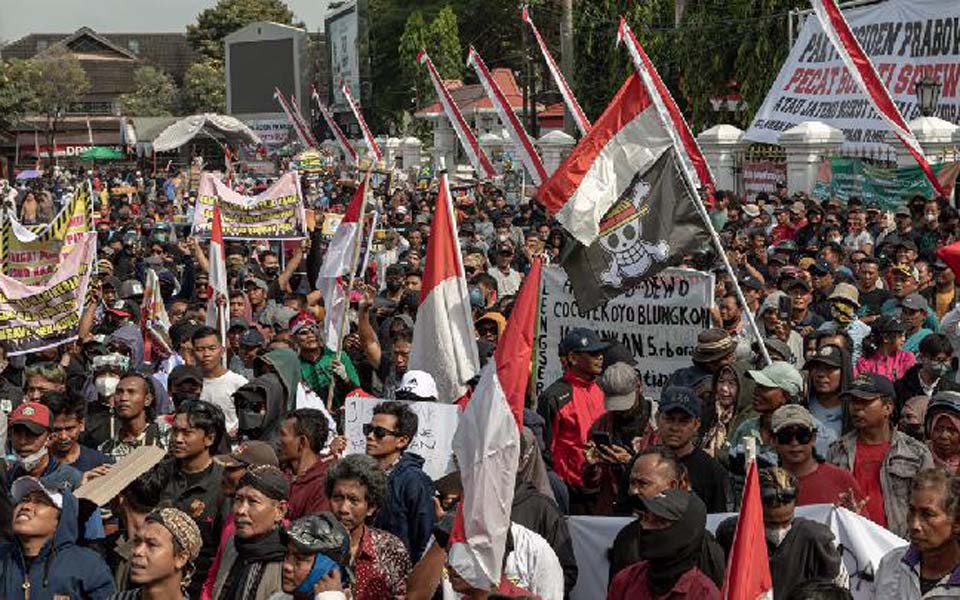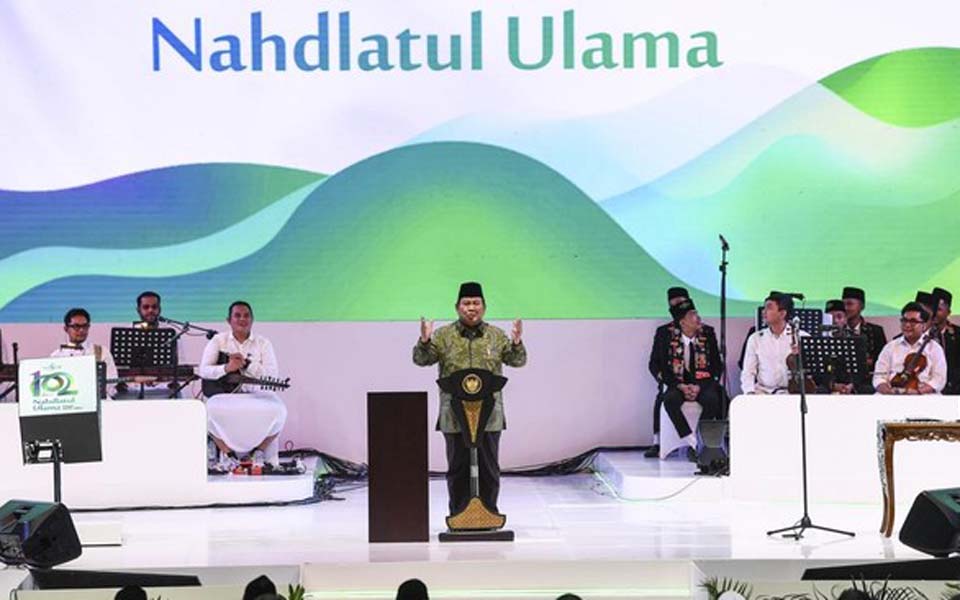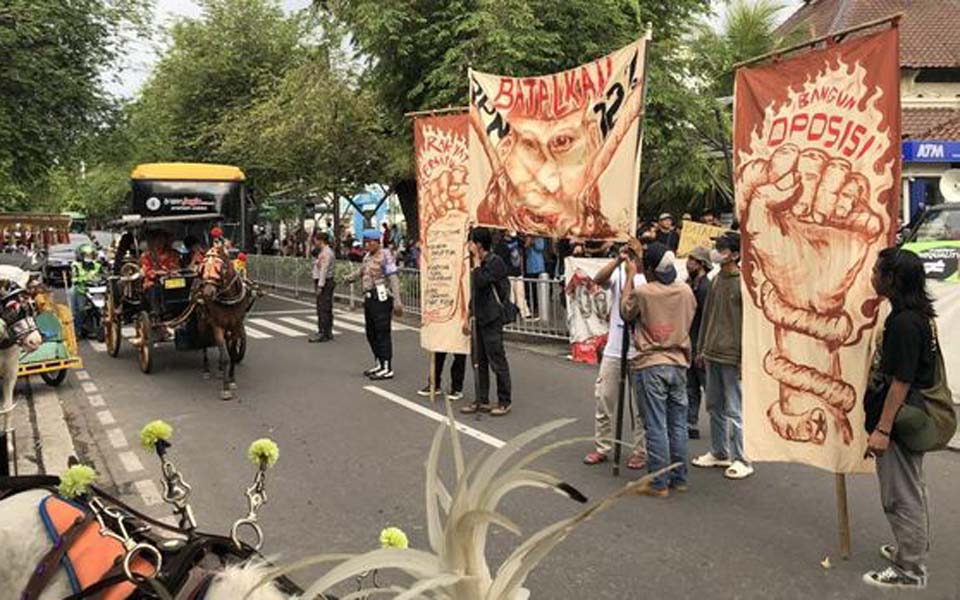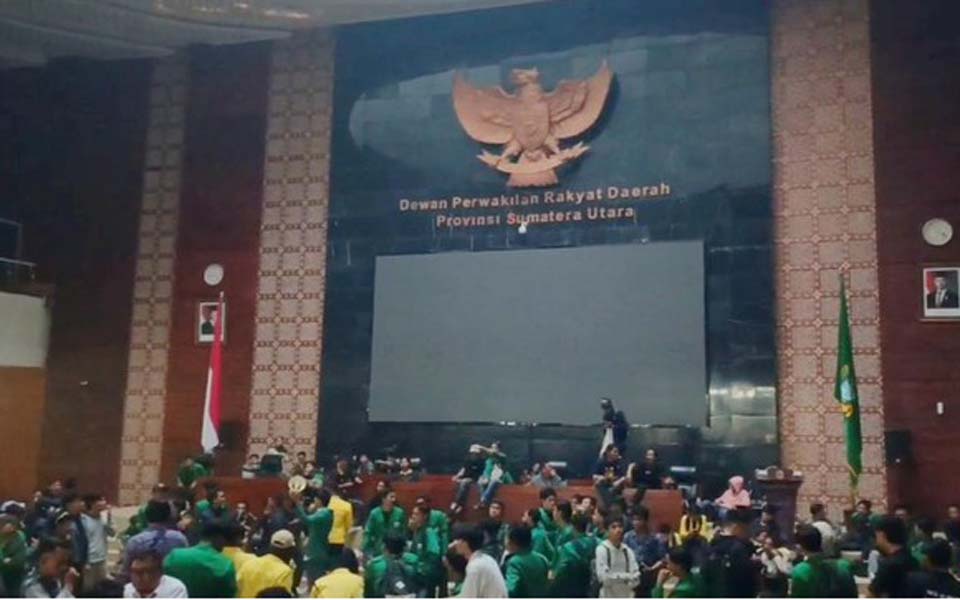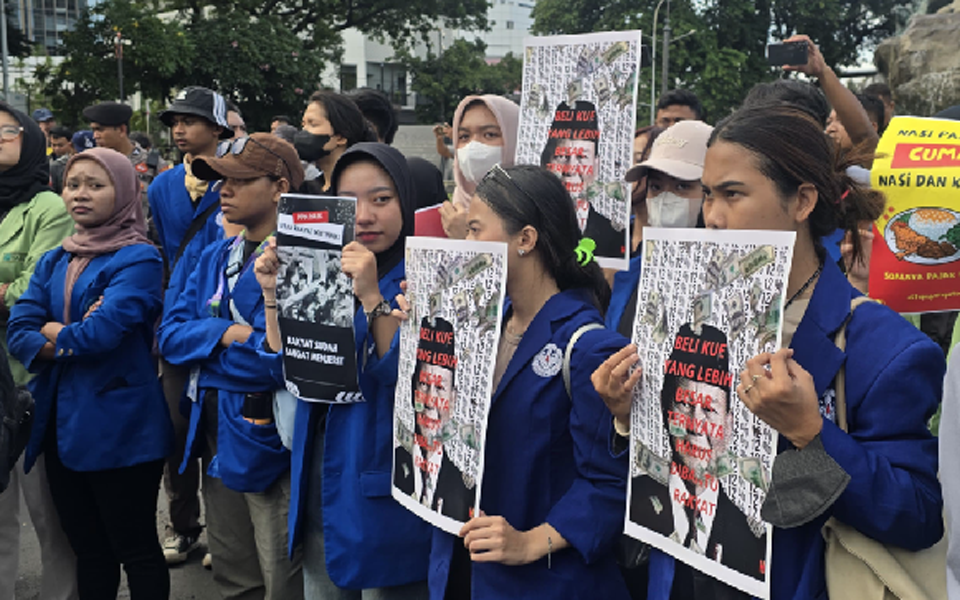Adi Ahdiat, Jakarta – The government has a responsibility to advance public healthcare, enlighten national life and create social justice.
But in reality, over the last few years provincial governments (Pemprov) have largely spend their budges on the needs of state civil servants (PNS) rather that social assistance for the public.
This was recorded in a report titled 2016-2019 Provincial Government Financial Statistics released by the National Statistics Agency (BPS) on Thursday December 19.
According to the BPS’s data, in 2019 the biggest spending by provincial governments throughout Indonesia was Indirect Employee Spending, namely spending on wages, allowances and other income given to state civil servants.
“Included here is money for representation and visits by leaders and DPRD [Regional House of Representatives] members, wages and allowances for regional and deputy regional heads”, explained the BPS in its report.
Throughout 2019, the total amount of Indirect Employee Spending in all provinces reached 89 trillion rupiah. This is many times more than Social Assistance Spending by provincial governments which only totaled 5 trillion rupiah.
“Social Assistance Spending is assistance budgeted to organise healthcare, political parties and so forth, with the aim of improving social welfare”, explained the BPS.
Aside from wages and allowances for state civil servants, provincial government Goods and Services Spending was also very high, reaching 89 trillion rupiah. Many times more than Social Assistance Spending.
Goods and Services Spending is for the procurement of provincial government needs whose durability is less than a year.
This covers spending on materials, office services, insurance premiums, motorcycle maintenance, copying and printing, the rent of buildings and mobility equipment, renting heavy machinery, renting office equipment, food and beverages, uniforms and related paraphernalia, special clothing, official travel expenses, transfer travel costs and repatriation of employees.
Also apparent from the BPS’s reports is that “spending patterns” such as this have routinely been carried out by provincial governments since 2016.
[Translated by James Balowski. The original title of the article was “Pengeluaran Terbesar Pemprov untuk Belanja PNS, Bukan untuk Masyarakat”.]





